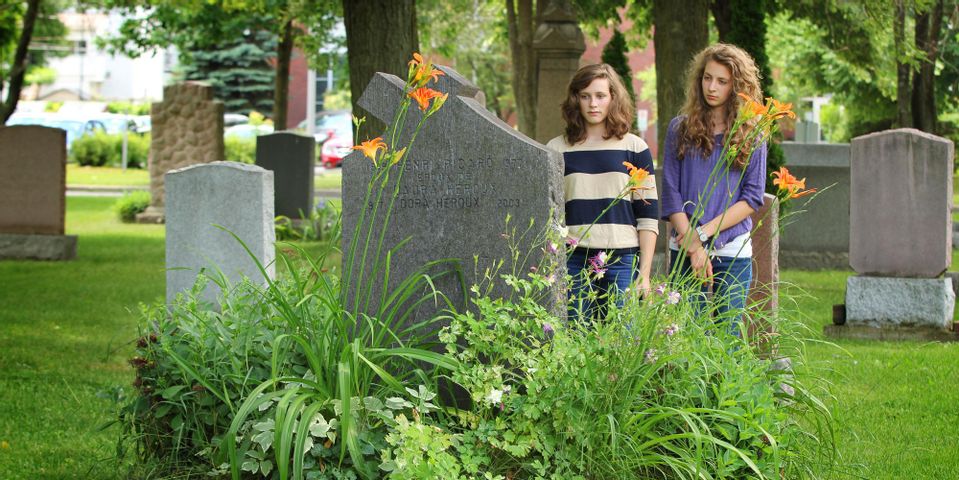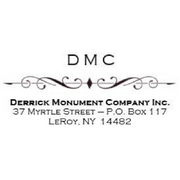
Gravestones are commonly used in the United States to honor deceased loved ones. They identify the grave and provide information about the person. Also, they can be beautifully decorated with meaningful images. However, gravestones have changed throughout history. Here’s what you need to know.
The Origin of Gravestones
The tradition of using gravestones in the United States goes back to colonial times. At the time, grave markers were often made of wood. However, simple, naturally shaped fieldstones marked with names, dates, and ages began to become more common. These markers didn't use symbols or images, as the Puritans forbid this kind of iconography.
Worked Stone
 As more professional stoneworkers came to America, stone headstones became more popular. By the middle of the 17th century, rectangular headstones made of slate or sandstone were the norm. Over time, epitaphs—a short quote or statement about the deceased—were added below the traditional names and dates.
As more professional stoneworkers came to America, stone headstones became more popular. By the middle of the 17th century, rectangular headstones made of slate or sandstone were the norm. Over time, epitaphs—a short quote or statement about the deceased—were added below the traditional names and dates.
Victorian Aesthetics
The Victorian era was characterized by more elaborate aesthetics, and gravestones were no exception. Grave markers from the era included intricate designs, such as flowers, ferns, religious symbols, doves, Egyptian iconography, and broken columns. These symbols reflected the beliefs of the time and showed the social class and religion of the deceased. Some of these symbols are still common. During this time, there was also a shift in the type of stone used to make grave markers. Marble became more common because of its beautiful color and polish. Also, as the supply increased, it became easier to get access to it.
If you need a gravestone or memorial monument, contact Derrick Monument Company Inc in Le Roy, NY. Serving Genesee County for over 100 years, they provide artistic designs and sensitive, compassionate service. They will tailor their work to your needs. To speak to a member of their team, call (585) 768-8470. Visit them online to learn more about their services.
About the Business
Have a question? Ask the experts!
Send your question

